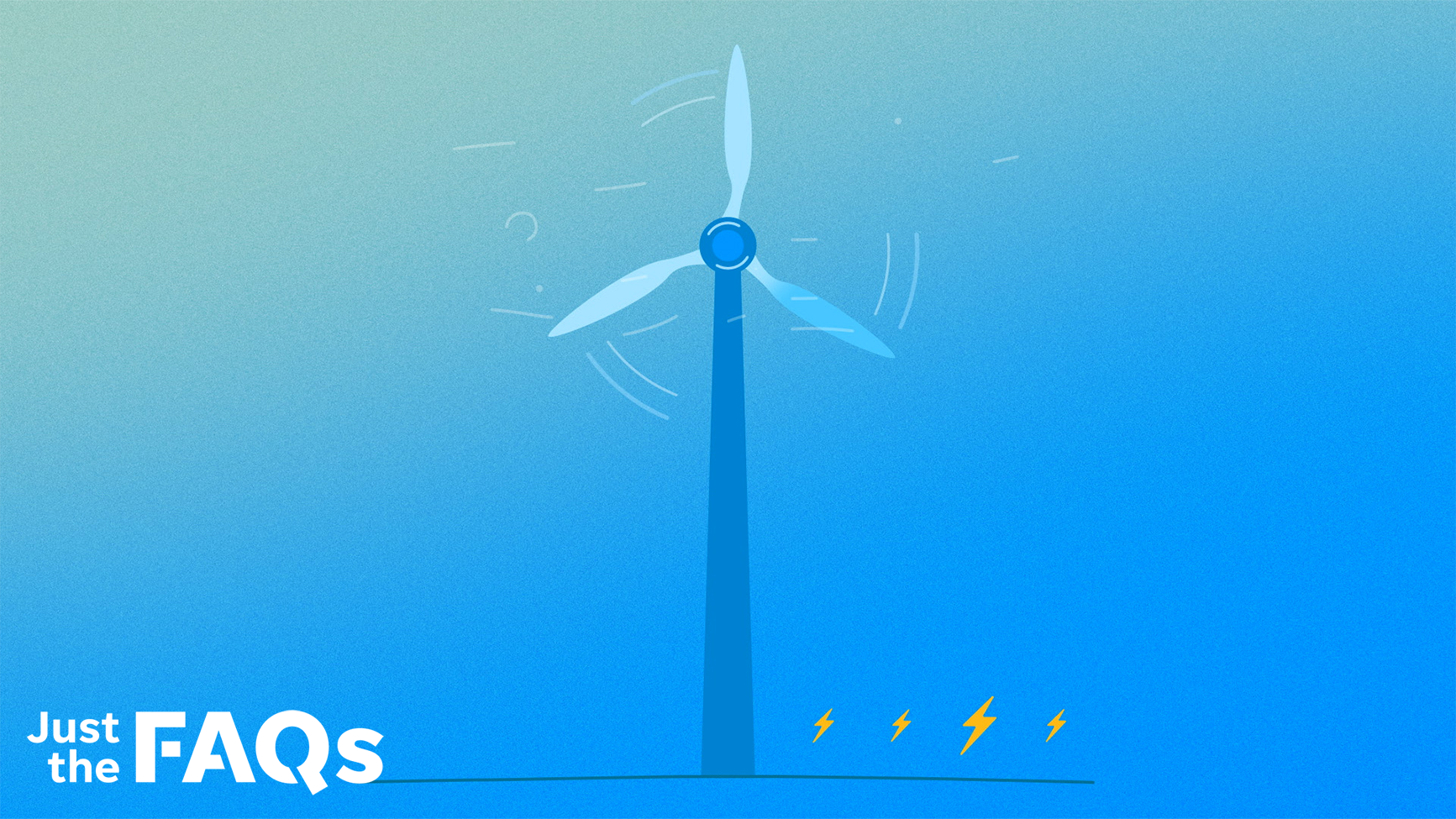Trump signs executive order pausing wind turbine leases, could impact Midwest

President Donald Trump on Monday made good his promise to create policy "where no windmills are being built."
The executive order he signed Monday temporarily halts offshore wind energy lease sales in federal waters and pauses approvals, permits and loans for both offshore and onshore wind.
During the pause, officials will review the environmental impact of both onshore and offshore wind projects on wildlife and consider the "economic costs associated with intermittent generation" and the effects of subsidies on the viability of the wind energy industry, according to the executive order.
Land-based wind turbines currently produce 10% of the United State's electricity, according to American Clean Power, an industry group. The vast majority of those are built on private land.
A backlash against wind and solar power at the county level, often for aesthetic reasons, has meant that in 2023 a full 15% of U.S. counties had banned or blocked new, utility-scale wind or solar installations, a Paste BN investigation found last year.
Today, wind energy is especially strong in the middle of the country, the so-called wind belt states that include North Dakota, South Dakota, Kansas, Iowa, Oklahoma and Texas. In Texas, wind generates almost 29% of the state's energy.
Efforts to restrict onshore wind could be at odds with the current energy situation in those states.
“States voting for President Trump are eight of the top ten states in terms of reliance on wind power with many depending on wind for a significant share of their electricity use. Restricting wind development in these regions is certain to increase consumer energy bills," said American Clean Power Association CEO Jason Grumet in a statement.
Offshore wind is a tiny portion of US wind energy
There are only three large-scale offshore wind projects currently producing energy but more than 20 are in various stages of permitting. Many coastal states which had opposed land-based wind farms were betting they could rely on offshore wind projects instead. That many be impossible under the Trump Administration.
Most of the offshore wind energy projects under consideration are being built on land leased from the federal government. In 2022, six companies agreed to pay a record-breaking $4.37 billion for the right to build wind turbines more than three miles off the coasts of New York and New Jersey, a major milestone for U.S. renewable energy efforts. The money from the leases goes to the U.S. Treasury.
Because the federal government controls the waters off the U.S. coast, these leases are with the Department of the Interior rather than with the states whose coast they are near.
On the East Coast, vociferous opposition to offshore wind installations has sprung up, often due to claims that the wind turbines are an eyesore – though many of the projects are located so far off shore they are not readily visible. Other concerns include possible health risks and harm to wildlife.
Whales are also frequently cited as being harmed by offshore wind turbines, though there is no evidence that this is the case.